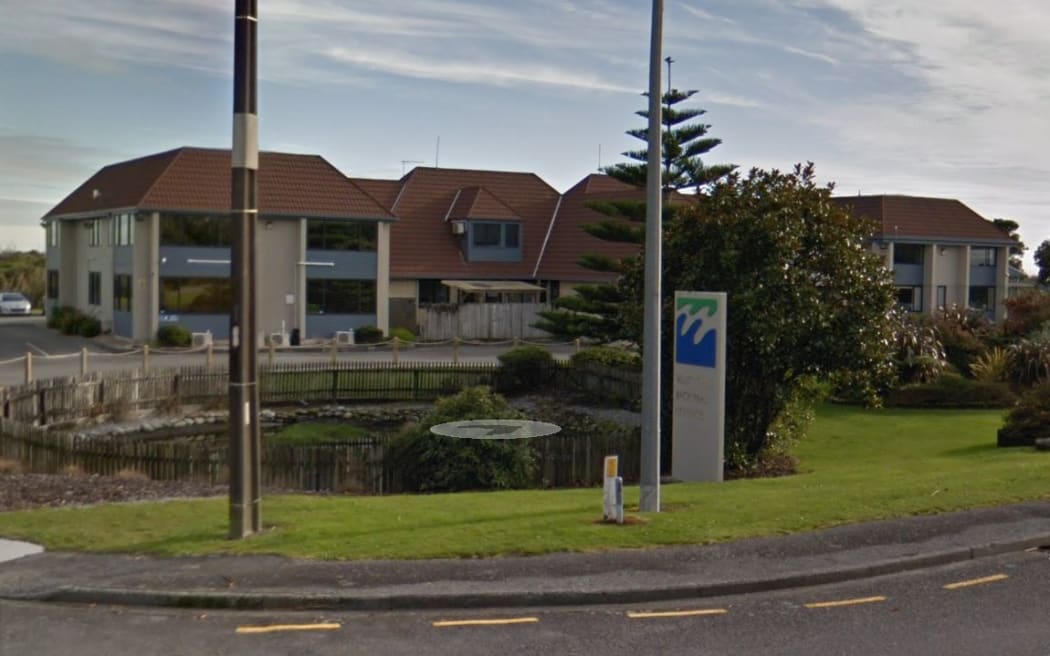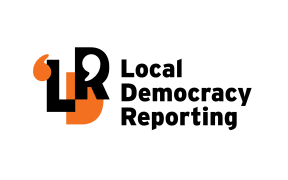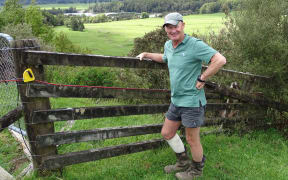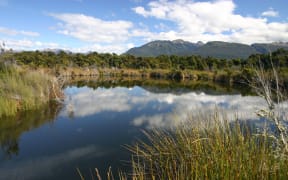Councils and iwi working on a new district plan for the West Coast have signed off on the first draft, which is to go public on 26 January.

Photo: Google Maps
After two and a half years of thrashing out new rules for everything from zoning and subdivision to car parks and significant natural areas, the Te Tai o Poutini Plan Committee approved the release of the exposure draft and a companion document on natural hazards, at a meeting in Greymouth yesterday.
But not without some angst.
Principal planner Lois Easton presented the document to the committee for the first time, with an apology in advance for the level of "planning-speak".
"When I first started working on this plan I had a strong aspiration to write a plan a normal human being could read, and I failed," she told the committee.
She had been horrified by the complex language in other councils' plans prepared under the National Planning Standards.
"But despite my best endeavours, it is where we've landed because it is quite a complicated plan and that's what required by the standards, and I have to say it is very hard to read in its printed form."
The plan was designed to be used online, and was much easier to use in electronic form, Easton said.
"You can just hover over a word and it links you through to the next bit -- but in printed form you have to flick back and forth. It's not at all what I would have liked, so that's an apology from me, and I did do my best. "
West Coast Regional Council chairman Allan Birchfield has already complained that the document is too fat, and for non-planners it is hard to understand.
Easton said people should be able to understand what rules applied to them, and if committee members had a problem with the wording they should say so.
"Especially with permitted activities. People should be able to understand what they are and aren't allowed to do, as of right. So if you can't, let me know and we will find new words."
The planners were at pains to reassure the committee the exposure draft had no legal standing.
Committee chairman Rex Williams said the exposure draft would give the community a first look at the direction the plan was heading.
"It's about making sure we have got the fundamentals right: its workability and anything else that needs to be considered before we release the proposed plan for formal submissions next July.
"We will be calling on everyone who uses the District Plans now to tell us what they think and any changes can be incorporated into the proposed version."
While rules and words are one half of the plan -- the other vitally important half is made up of maps.
Councils must now identify and map -- among other things -- areas at risk from hazards including flood, earthquake and tsunami, as well as outstanding landscapes, coastal environment and SNAs.
The closer a building is to the hazard, the more restrictive the building rules, and the map overlays commissioned by the planning team will show where individual properties sit in relation to those areas.
The hazard maps define large areas of Greymouth, Hokitika and Westport as susceptible to flooding or at severe risk.
Birchfield said yesterday that was less of an issue for Greymouth because it had floodwalls in place. But it could affect property values in Westport and Hokitika, which did not have flood defences in place.
Other maps show a host of zoning changes in and around West Coast towns.
"All four main centres have new living zones because they've run out of land for growth and people will be able to check and see what zone affects them," Easton said.
Outside of the four main centres, the planners have used settlement zones, with 1000 square metre building sites.
"But in some instances we've also got a halo around that of rural residential -- that's 4000 square metre lots."
Rezoning in Greymouth had been a massive job because of the amount of growth in recent years, Easton said.
"We've used lower-density, larger blocks around Paroa, and rural lifestyle blocks, extending up the coast around Barrytown.
"In Hokitika, a lot of land's been rezoned for industrial use, and for residential at Kaniere and Seaview."
In Westport, Alma Road, on a terrace on the south side of the Buller River, had an interim 'future urban' label but that zoning would change by the time the proposed plan was out, when council planners had settled on the best options for housing there.
"That will be whatever the Buller council decides. There is also a little rezoning at Cape Foulwind now the cement works are gone, and some rural lifestyle areas also in wider Westport."
In Reefton, there was not much rezoning, apart from a little around the periphery.
Large areas in South Westland had been zoned for mineral extraction including the Ross and Rimu goldfields, and the Buller coalfield was also zoned, but more areas could be included depending on industry feedback.
Chairman Williams said it had been a long haul putting the new plan together and it was far from the final version, but he was impressed and grateful for the way councillors, planners and iwi had collaborated.
"We decided to fast track it to get in ahead of the RMA reforms coming, and it has been hard, but the spirit of compromise and helping each other has been first class.
"There have been times when people have moaned and groaned but we have a cup of tea and get on with the agenda."
The planners -- manager Jo Armstrong, Lois Easton and Edith Bretherton -- had done a sterling job, and were applauded at the end of the meeting.
"Their work has been amazing, when you look at what they've achieved as a small professional team. Other councils have huge armies of planners and take much longer to do what we've done."
The group had racked up only $5000 on legal advice, which was a saving, Williams said.
The TTPP committee chose to ignore the most recent piece of advice from legal firm Wynn Williams, which warned that refusing to identify SNAs could end up costing councils large amounts in the Environment Court.
The SNA maps which the committee refused to accept can be seen online, on the regional council website, under the agenda for the June meeting of TTPP committee.
The other map overlays, and the Te Tai o Poutini Plan exposure draft will be available on the district council and regional council websites and hard copies will be available at council offices, libraries and both West Coast marae from 26 January.

Local Democracy Reporting is a public interest news service supported by RNZ, the News Publishers' Association and NZ On Air.





